After months in hibernation, America has woken up—especially the nation’s young, diverse millennial and Gen Z generations. These generations will be the ones to suffer the greatest economic hardship from the COVID-19 pandemic, which will rob them of career-defining education and employment opportunities. But their recent convergence on America’s streets and squares is not a response to reopening the economy—these generations are demonstrating their commitment to fundamental civil rights for Black Americans, making up the vast majority of protesters marching against the unjust police killing of George Floyd in Minneapolis and others impacted by police brutality and racial injustice.
This is a pivotal moment for these youthful generations, and—by extension—the nation as a whole. The year 2020 was bound to be consequential: a presidential election year that began with the impeachment trial of an incumbent president. Underlying this was a deep-seated political and cultural divide between a rising, racially diverse America and the whiter, older generation that was most responsible for Trump’s election.
This cultural generation gap has been fomenting since Barack Obama, America’s first Black president, was elected in 2008. In both of Obama’s elections and in Donald Trump’s 2016 victory, the increasingly diverse bloc of voters under age 45 favored the Democratic candidate, while the older age group voted Republican. In many respects, the 2016 election reflected a backlash among older voters to a changing America, further inflamed by Trump’s incendiary rants against political correctness and immigrants.
Since taking office, the Trump administration has shortchanged programs that benefit younger families—especially families of color—by reining in health care access, benefits to immigrant children, public education, housing assistance, and other parts of the social safety net. The president has shown little interest in issues that millennials and Gen Z support: greater racial justice and inclusion, better treatment of immigrants, stronger environmental protections, and effective gun control.
The good news is that as these diverse generations age, their political clout should increase. The 2020 census will show that more than half of Americans under age 18 identify as a nonwhite racial or ethnic minority. In 2030, this will be the case for Americans under age 50; 49.7% will be white, 24.8% will be Latino or Hispanic, 13.7% will be Black, and 7.2% will be Asian Americans.

Yet the presidential elections between now and then will still very much be up for grabs if today’s Baby Boomers and their seniors vote the way they did in 2016. Meanwhile, President Trump’s dubious allegation of voter fraud is placing limits on young and minority voters through strict voter ID requirements and limits on mail-in ballots and same-day voting.
This is why the mass activism of millennials and Gen Z that we are seeing right now is so consequential. Unlike the protests and activism of the 1960s—which led to the ground-breaking Civil Rights legislation of that era—today’s movement is occurring in the midst of a fundamental demographic transformation. Diversity is not just their future—it is the nation’s future.
It is these younger, multihued generations that—prior to the pandemic—already accounted for most of the growth of our labor force population and an increasing share of our consumer base. As their influence grows, they can no longer tolerate past patterns of systemic racism. Their voices need to be heard and their concerns need to be addressed.
The combination of a pandemic (which will undoubtably diminish their economic futures) and the horrific deaths of Black Americans at the hands of white police officers has focused young Americans’ outrage in a manner that will stay with them for the rest of their lives. The intensity of their protests—while risking their health—ought to awaken the consciousness of older Americans. The nation’s children and grandchildren are on the frontlines in a fight for long-overdue change in racial justice.
The Brookings Institution is committed to quality, independence, and impact.
We are supported by a diverse array of funders. In line with our values and policies, each Brookings publication represents the sole views of its author(s).
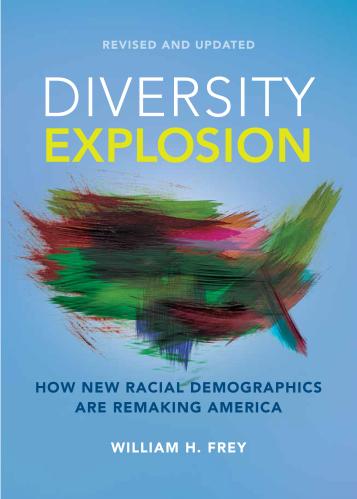
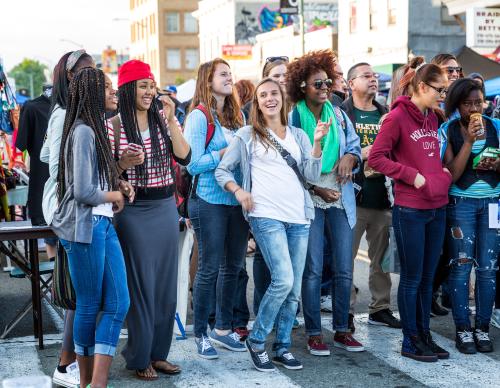
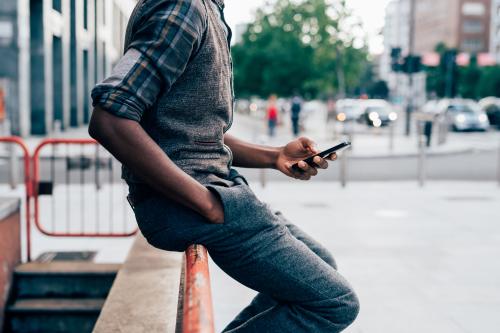
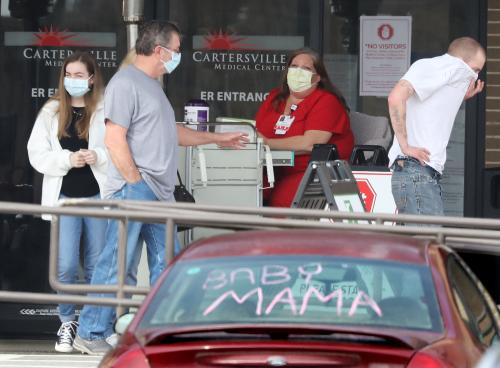



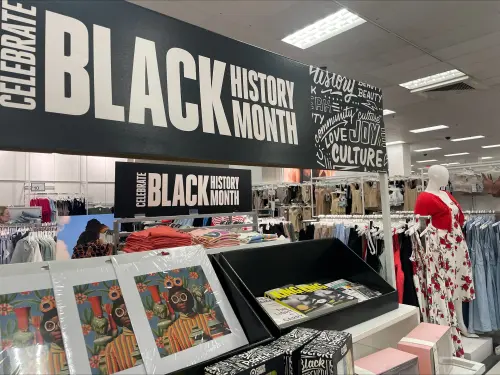
Commentary
The nation’s racial justice protests are a pivotal moment for millennials and Gen Z
June 9, 2020